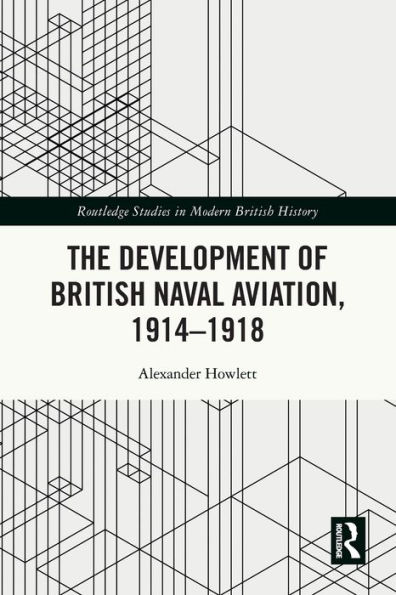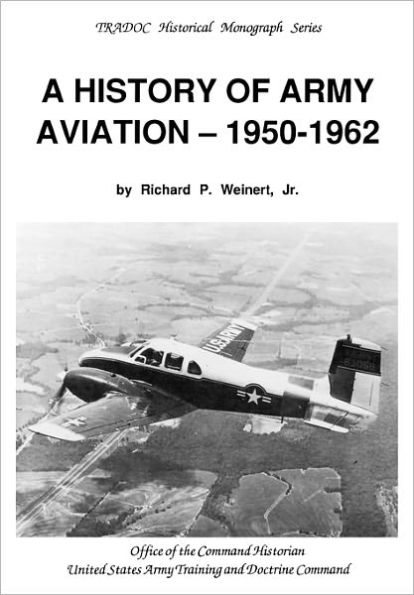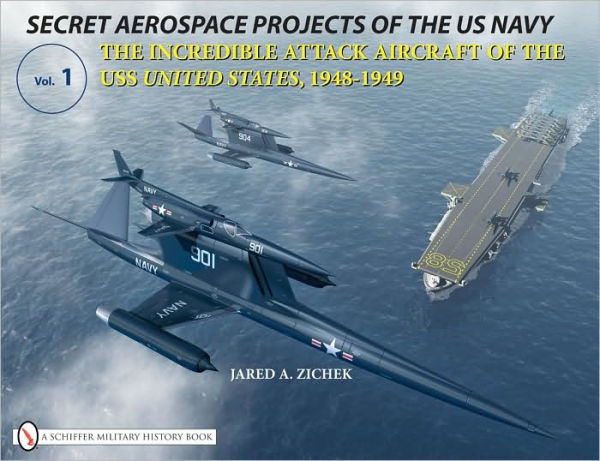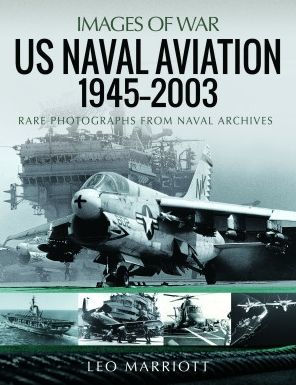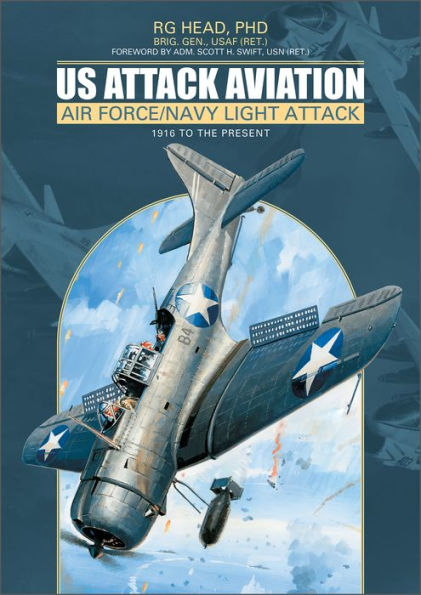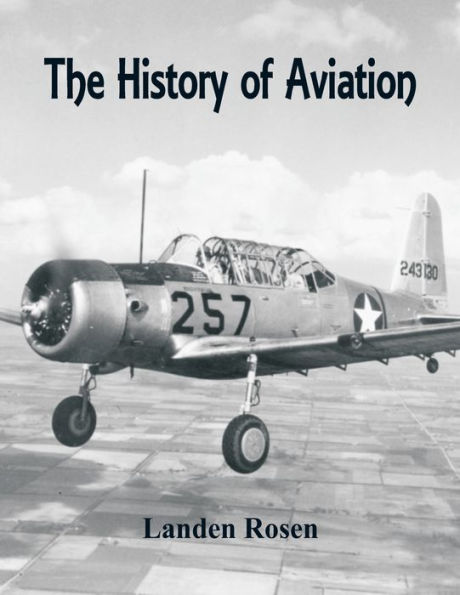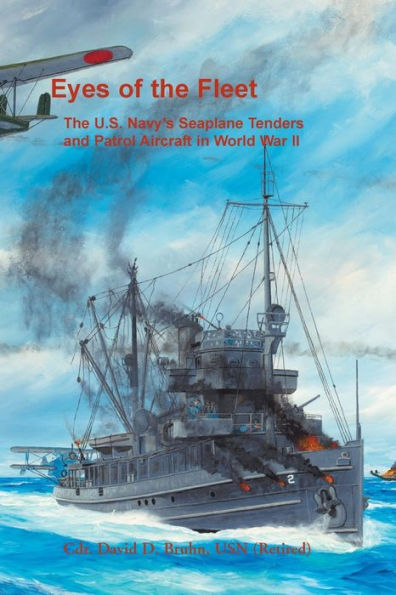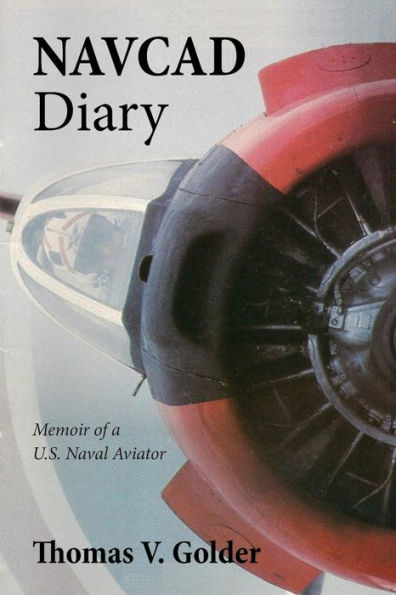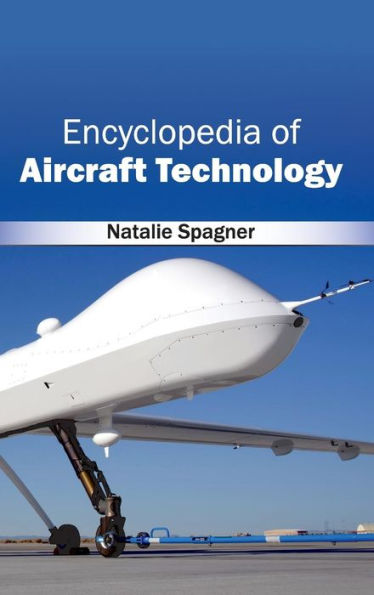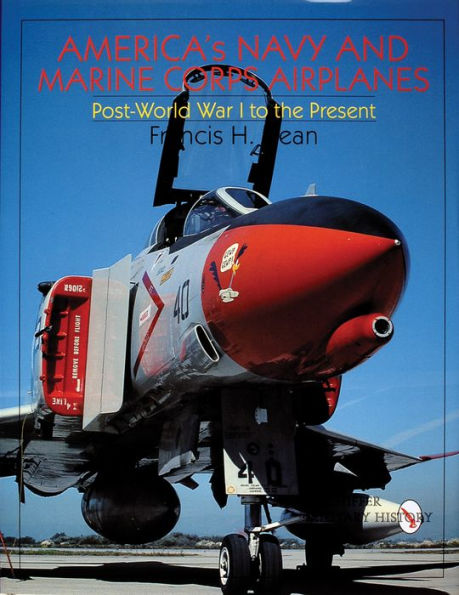
Home
A History of U.S. Naval Aviation: Technical Note No. 18, Series of 1930
Barnes and Noble
A History of U.S. Naval Aviation: Technical Note No. 18, Series of 1930
Current price: $16.99
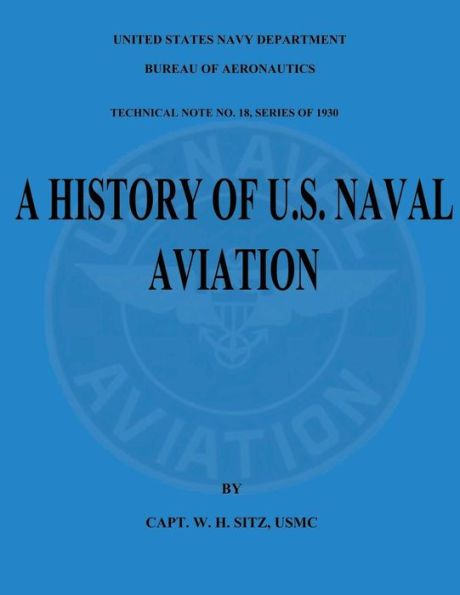

Barnes and Noble
A History of U.S. Naval Aviation: Technical Note No. 18, Series of 1930
Current price: $16.99
Loading Inventory...
Size: OS
Loading Inventory...
Although a large number of experimenters gave their attention to the problem of mechanical flight previous to the last decade of the nineteenth century, nothing practical was achieved prior to that time. But with the perfection of the steam engine and the development of the internal combustion engine, there came inducement to sound experimentation bringing forth such well known scientists and inventors as Lilienthal, Maxim, Langley, and the Wright brothers. Otto Lilienthal, a German, made the first successful flight in a man-carrying glider in 1891. Sir Hiram Maxim was an Englishman who in 1893 built a gigantic airplane powered with a steam engine driving two large propellers. Prof. S. P. Langley of the Smithsonian Institution was the first person to construct an airplane possessing inherent stability. On May 6,1896, an airplane model equipped with a steam engine was successfully launched and flown, making three and a quarter turns. Wilbur and Orville Wright of Dayton, Ohio, attacked the problem of mechanical flight by experimenting with gliders. Their first glider was completed and successfully flown at Kitty Hawk, N. C., in the summer of 1900. The Navy first investigated the possibilities of aviation for naval purposes in 1908
when Lieut. G. C. Sweet and Naval Constructor McIntee were detailed as observers for the test of the Wright plane at Fort Myer, Va. This book provides full history of not only the beginning of aviation and the history of pre-war naval aviation, but also World War Organization and Personnel, U.S. Naval Aircraft and Aviation, the Northern Bombing Group, Marine Corps Aviation, and the Development of "Heavier-than-Air Craft" and the Development of "Lighter-than-Air Craft."

